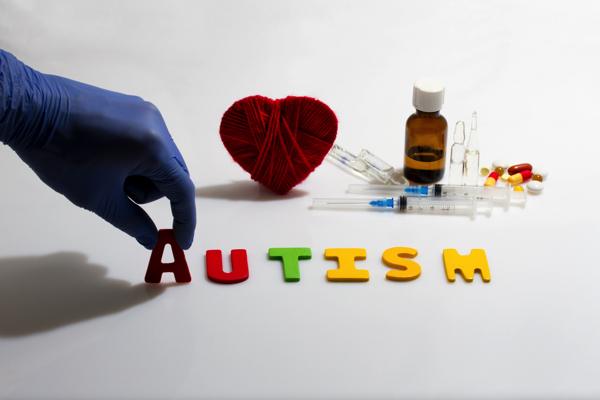Autism, genes and hormones: How the placenta may hold clues to autism’s puzzle

```html
Unraveling the Enigma of Autism: Genes, Hormones, and the Placenta's Role
The Placenta: A Dynamic Player in Fetal Development
Beyond its role as a life support system, the placenta actively shapes fetal development. It orchestrates hormone levels, influences gene expression, and even impacts brain development. This dynamic organ functions differently in males and females, potentially contributing to the disparity in autism prevalence between sexes.
Intriguingly, research has revealed varying activity levels of autism-linked genes within male and female placentas. Males, possessing a single X chromosome, may lack the genetic "backup" afforded by females' two X chromosomes, potentially increasing their vulnerability to developmental conditions like autism.
The Hormonal Landscape of Autism
Prenatal hormones, such as testosterone and estrogen, are crucial architects of brain development. Studies suggest a link between autism and elevated prenatal hormone levels, particularly estrogen, primarily produced by the placenta. Furthermore, specific autism-related genes, like KDM5C and DDX3X, are implicated in both hormone activity and brain development. Mutations in these genes are also associated with rare developmental conditions like Klinefelter and Cornelia de Lange syndromes.
Unexpected Connections: Baldness and Puberty
Surprisingly, research indicates a lower likelihood of male-pattern baldness in men with autism-linked genes. While testosterone often contributes to hair loss, the higher estrogen levels sometimes observed in autistic individuals might mitigate testosterone's impact on hair follicles.
Another intriguing observation is the tendency for autistic individuals to experience earlier puberty. Though the exact reason remains unclear, it's possible that the same hormonal influences affecting brain development also accelerate physical maturation. This early puberty can increase the risk of mental health challenges like anxiety and depression, conditions also more prevalent in autistic individuals.
The Complex Interplay: Genes, Hormones, and Environment
These findings underscore the intricate relationship between genetics, prenatal hormones, and early development in autism. While genetics and hormonal influences are significant, it's crucial to acknowledge the contribution of environmental factors, nutritional elements, and societal dynamics, including gender-based diagnostic biases potentially affecting diagnosis rates in girls.
“The study reinforces the idea that the placenta is not just a passive organ but a critical regulator of brain development – one that may contribute to the differences in autism prevalence between males and females,” explains an expert in the field.
Implications for Future Research and Support
This research provides crucial insights into the higher prevalence of autism in males, implicating sex-specific placental functions in mediating genetic risk. It also highlights the potential role of steroid hormones, opening avenues for research into hormonal therapies or interventions. Furthermore, it underscores the importance of placental health during pregnancy for optimal neurodevelopmental outcomes.